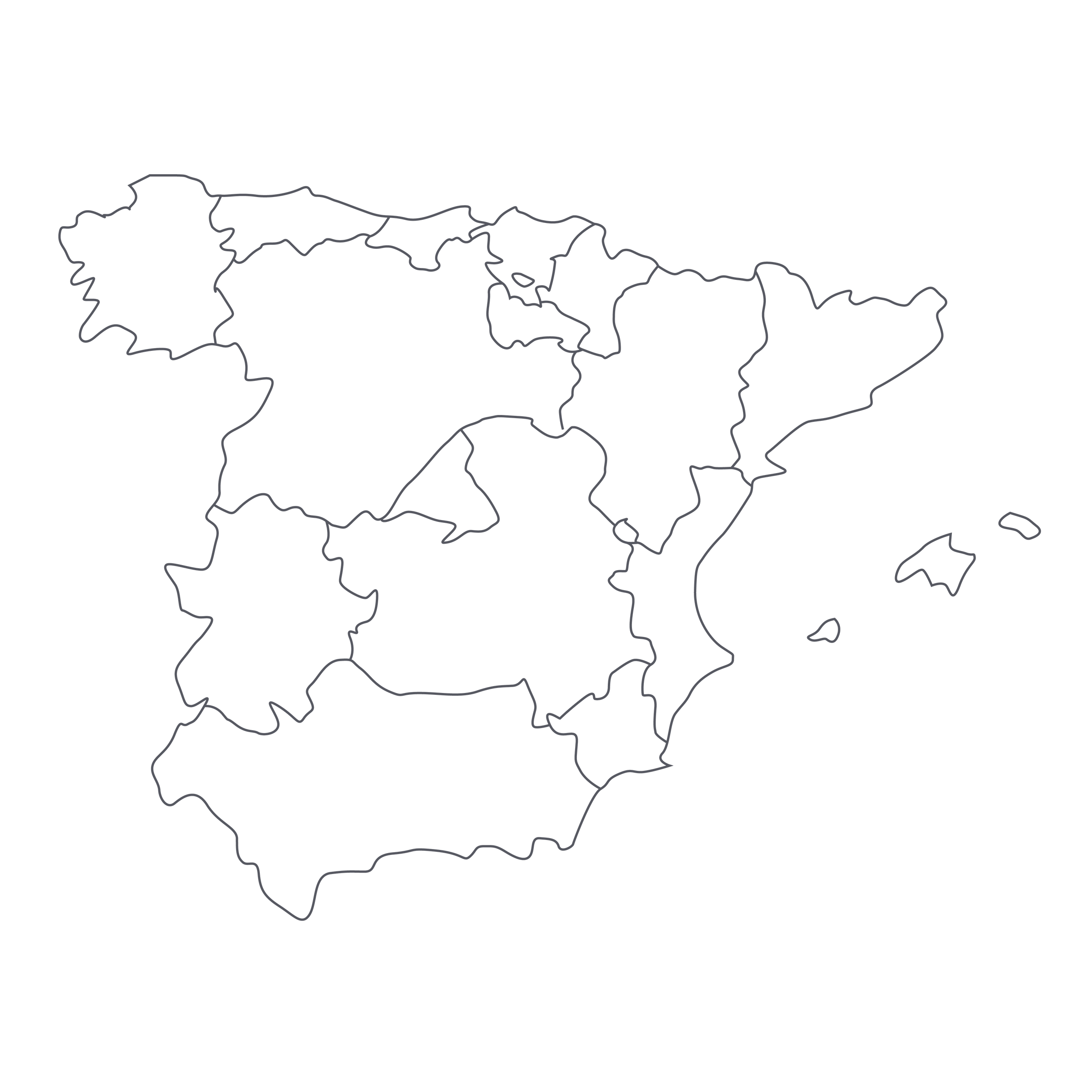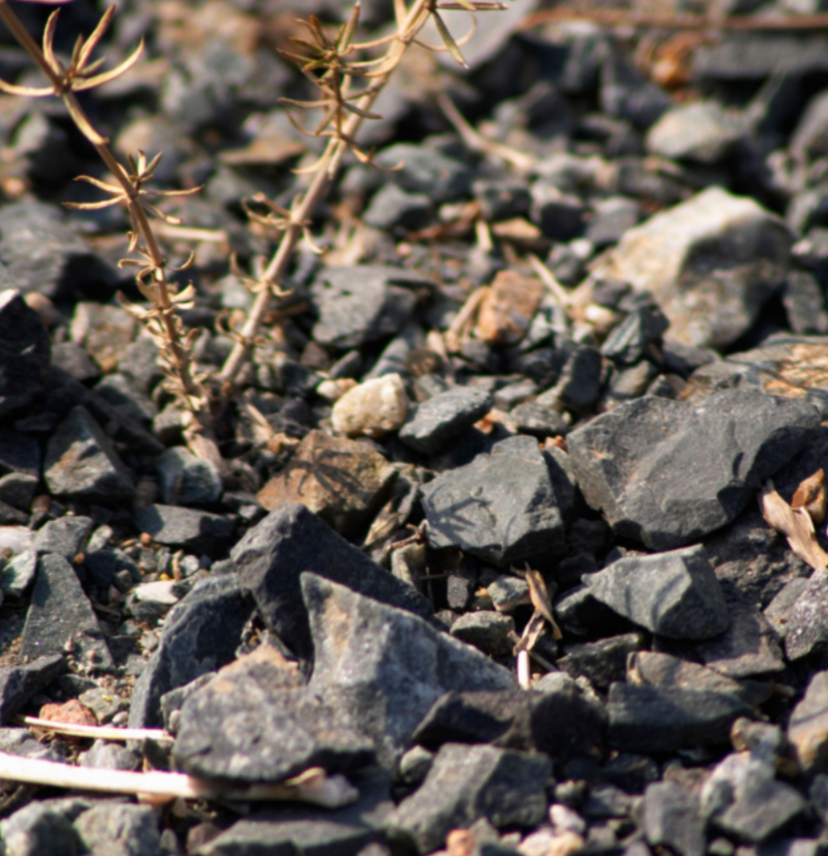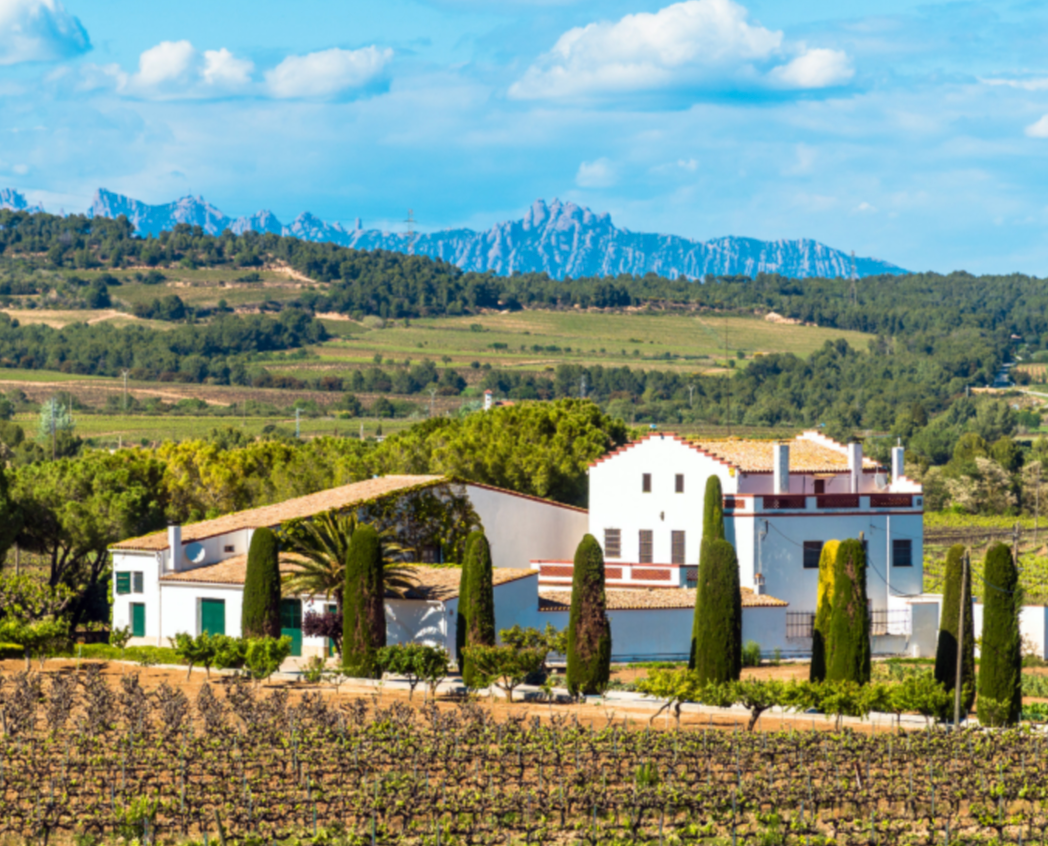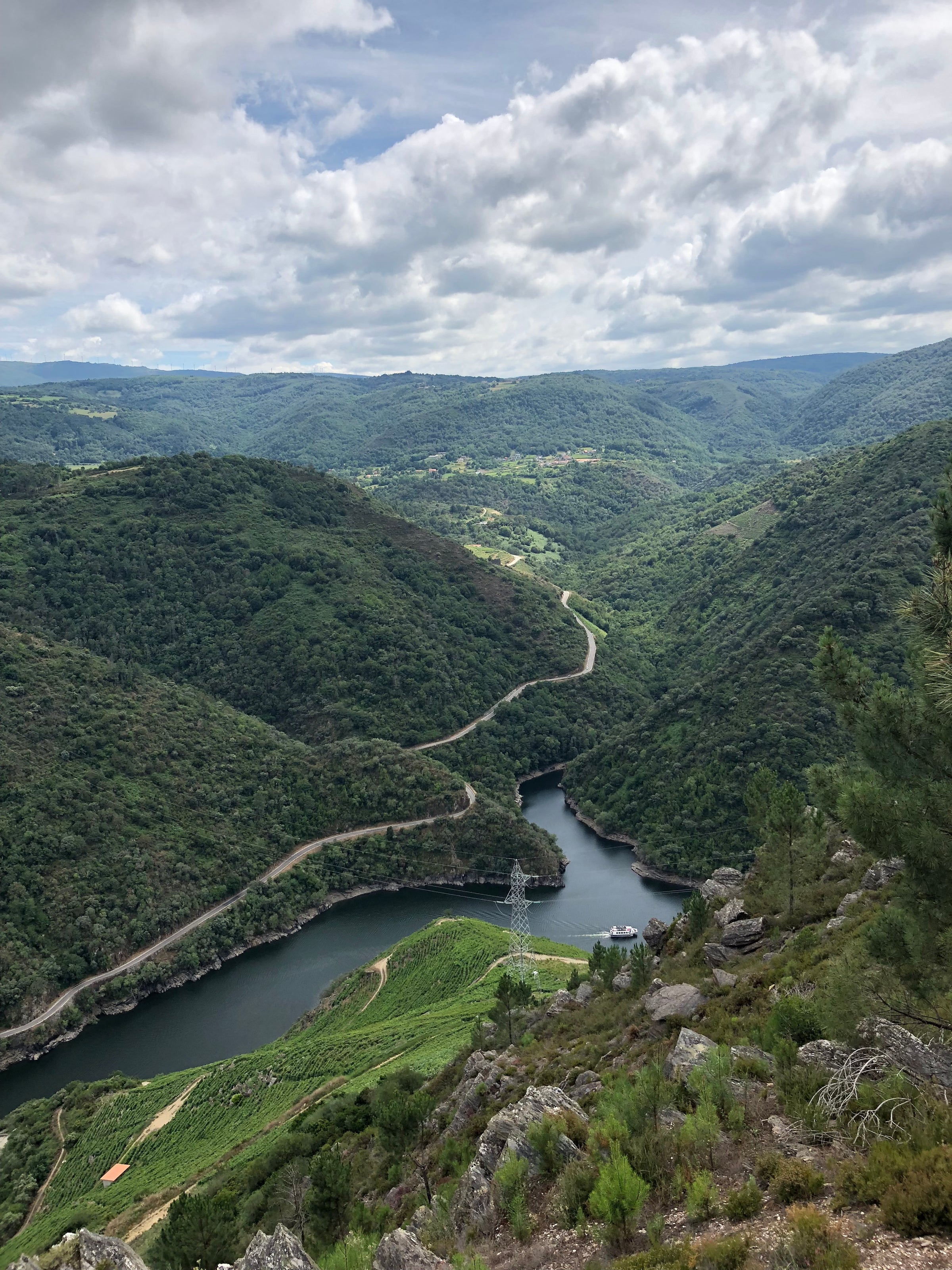“High altitude vineyards,” has become a popular phrase in the wine-hustling lexicon, cleverly connecting the dots from elevation to cool nights to wines that show more acidity and freshness than their lower-elevation counterparts. “High altitude,” makes me think of vineyards somewhere exotic, like Mendoza in Argentina, the Savoie in France, or Mount Etna in Sicily. We tend to forget that Spain is a “high-altitude” paradise, perhaps because vineyards like those in Rioja are less dramatic, less “extreme sport” than the Alps, but Spain, after Switzerland, is the second most mountainous country in Europe.
And two of its key mountain ranges shape the great wines of Rioja. Today’s wine is a nice reminder that Tempranillo grown at altitude expresses the best version of itself, glowing with red and black fruits, cushiony acidity, and the alluring package of sweet-sour and savory earth. “Proelio,” meaning “battle” in Latin, represents Javier Palacios’ lifelong undertaking to make the best wines he can from his vineyards—and when you see the price of today’s mouthwatering Rioja Crianza, you’d have to conclude that he is winning. Youthful, invigorating, and spot-on in every way, this has “house wine” written all over it: It’s an absolute triumph at this price!
Proelio is part of the “Palacios Viños de Finca” winery, owned by Javier Palacios, who is not related to the “other” Palacios wine family (Palacios Remondo of Rioja; Álvaro of Priorat; or Rafael of Valdeorras). Javier comes from a line of culinary artisans: They were sausage-makers, specializing in chorizo (you can find their products online). In 1999, Javier left the family business to pursue wine, launching an ambitious ‘trifecta’ of a winery. Proelio is one of three brands under the “Palacios Viños de Finca” label (there is also “Trus” of Ribera del Duero and “Nivarius,” solely dedicated to the white grapes of Rioja). Proelio is an expression of pure Tempranillo from Rioja Alta, one of the official sub-regions of Rioja, spectacular for its altitude and calcareous-clay soils.
Within Rioja Alta there remain intricacies, subtleties between terroir and microclimate carved out by the tributaries (Oja, Tirón, and Najerilla) of the Ebro River. Today’s grapes belong to a special vineyard called “La Asperilla.” It is a treasure of north-facing old-vines, 45 years and counting, at the base of Flintstonian, jutting bedrock, crowned by the locally famous Clavijo Castle. Here, in the northeastern pocket of Rioja Alta, the terrain climbs and descends, averaging a height of 800 meters, dominated by clay with pockets of limestone and sporadic pebbles. On the big scale, La Asperilla is a tucked away sliver of Rioja Alta, but its Tempranillo feels like the figurative heart of the region—plummy aromatics, plumpness with freshness, and the deep thrills of cigar box, spice, and forest floor.
Javier’s philosophy in the cellar is sensical, grounded in tradition with a touch of 21st-century polish. Fermentation via natural yeasts is temperature-controlled, creating a cool low-stress environment that preserves super-fresh flavors. Today’s 2015
crianza aged a year in oak—a combination of American, French, and Eastern European barrels—then the final blend rests in cement before bottling. The addition of French and Eastern European oak weed out some of those overpowering dill and saw-dusty flavors from the American oak, bringing balance with warm baking spice and subtle vanilla tones. A quick 15-minute decant will unbutton the less obvious, non-fruit aromas. In the glass, a blackish ruby tone with a day bright hue extends into a pale ruby rim. On the nose, fleshy red and black plums, move into dark cherry, with scents of petrified earth. The enticing nose continues on the palate with plenty of savory to balance out the sweetness of fruits: grilled meat, crushed violet, cigar, cedar, and baking spice. The finish moves from medium into long, pushed along by strong but supple tannins and plump acidity. Drink this wine at 60-65 degrees in a Burgundy stems with something that has a little bit of fat, warm spice, and char. The attached recipe recommends a Chianti, but why not make it Spanish, add some chorizo and blood sausage, and make the wine Rioja! Enjoy!





